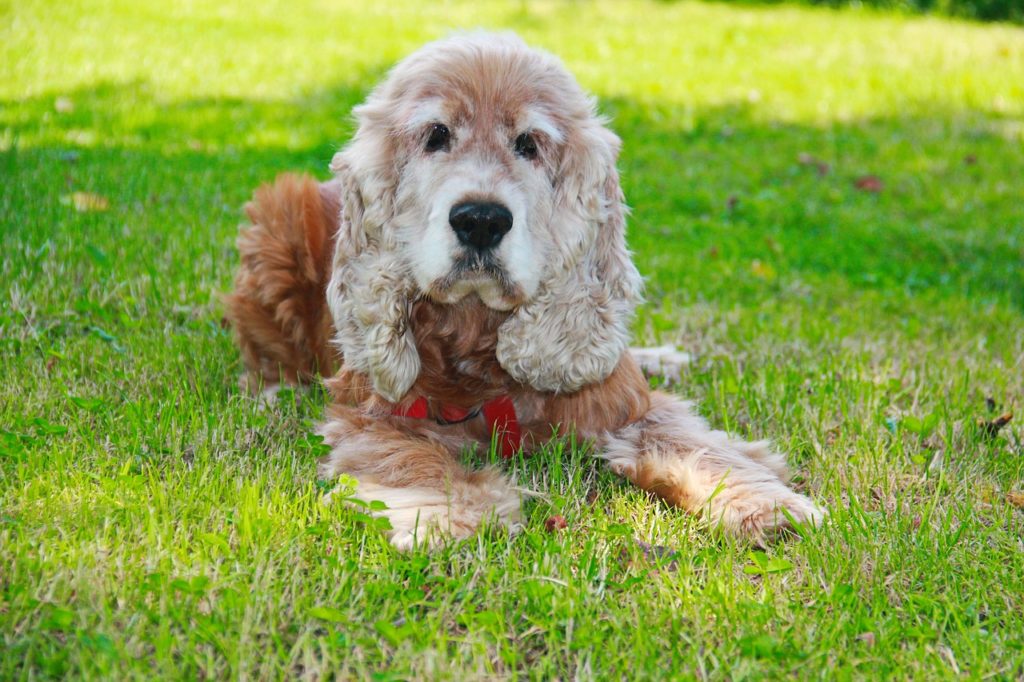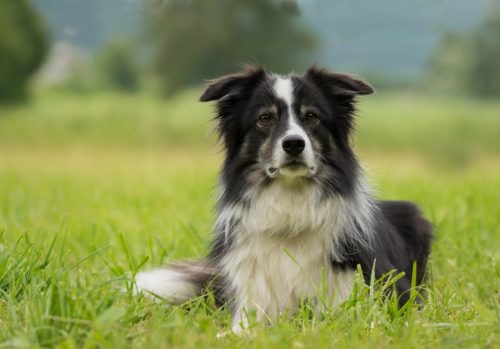Rotavirus, or Intestinal Viral Infection, is an infection that causes intestinal inflammation in dogs. It is the leading culprit behind diarrhea and gastrointestinal upset in canines. Most dogs will be exposed to rotavirus at some point in their lives, though it tends to be most prevalent among puppies younger than 12 weeks old.
Canine rotavirus is part of a larger group of RNA viruses from the family Reoviridae. Different strains of this virus can affect all species: from animals to humans. In fact, the rotavirus is one of the leading causes of diarrhea-based illness around the world, especially in children.
Rotavirus in dogs is rarely fatal unless the dog has a weak immune system or combines with another disease such as canine parvovirus or coronavirus. Although different strains of rotavirus can spread through all species, canine rotavirus does not typically affect humans. It can, however, be zoonotic (communicable) to humans. Therefore good hygiene is essential, especially where large populations of dogs with canine rotavirus are concerned.
What Are the Types of Rotavirus in Dogs?
There are eight different types of rotavirus. These are categorized into groups labeled from A to H. Rotaviruses in dogs are labeled under Group A. This is also the group most likely to affect humans, although B and C have also caused outbreaks.
Each group is further divided into serotypes or strains. The G3 and P3 serotypes are most commonly found in dogs and rarely affect humans.
What Causes Rotavirus in Dogs?
Rotavirus in dogs spreads through contact with contaminated fecal matter and other infected fluids. Dogs may not show symptoms and still carry the disease.
Rotavirus is mostly found in third world countries where humans and animals live in close proximity, increasing the chances for infection to spread. Fortunately, the effects of rotavirus in puppies are generally mild, specifically with watery diarrhea. In adult dogs, rotavirus is even less serious and symptomatic, though nursing dogs can pass antibodies on to susceptible pups.
Conditions which make rotavirus infection in dogs more likely include:
- Age: Puppies under 12 weeks old
- Weak immune system
- Combination with another virus such as canine parvovirus or coronavirus
- Poor hygiene
- Overcrowding
- Large populations of stray or feral dogs
What Are The Symptoms of Rotavirus in Dogs?
The rotavirus infection can affect dogs of all ages. If you have a puppy under 12 weeks old or a dog with a weak immune system, the risk is higher. Be on the lookout for watery diarrhea, the first telltale sign of rotavirus.
Symptoms of rotavirus in dogs include:
- Watery diarrhea
- Mucus in feces
- Nausea or vomiting
- Lack of appetite
- Low-grade fever
- Lethargy
How Do I Know if My Dog Has Rotavirus?
If you notice these symptoms, schedule an appointment with your dog’s veterinarian. The vet will ask about the symptoms and physically examine your dog. Watery diarrhea in dogs is the most telltale sign, as the rotavirus infects the tips of cells in the small intestine which aid in digestion called the villi.
When the villi are infected the dog can no longer digest properly. Ingested food then passes through the intestine, causing diarrhea. Weight loss and low energy are other symptoms your vet may want to observe, caused by lack of essential nutrients.
Microscopic investigation will help your vet diagnose rotavirus definitively. He will look to throw out other cause of infection, including canine parvovirus, hookworm, and bacterial infection. Rotavirus in puppies is sometimes indistinguishable from coronavirus and parvovirus; all three cause diarrhea in young dogs. However, parvovirus in puppies is often the most serious.
What is The Treatment Plan For a Dog With Rotavirus?
The effects of rotavirus in dogs are generally mild and tend to resolve within 10 days. The major concern is dehydration. Dogs with severe diarrhea may be given extra fluids and electrolytes. If the symptoms are too severe for the dog to want to drink on his own, the veterinarian may give fluids intravenously. This is rare with solely rotavirus, however, suggesting another infection may be present.
If the rotavirus infection is in fact combined with another disease, antibiotics or other medication will be administered. Antibiotics do not affect rotavirus but will limit bacterial infection from spreading.






